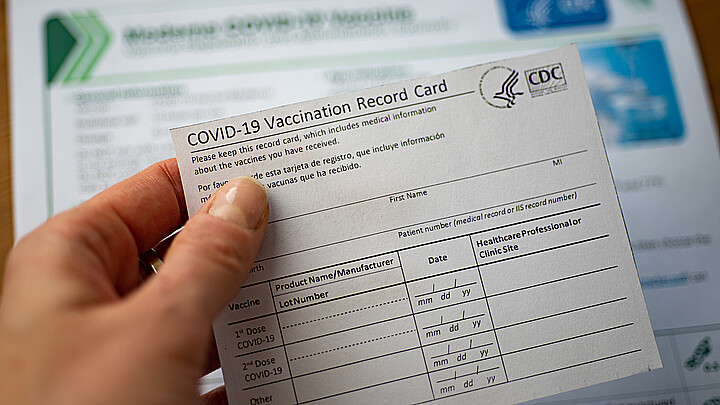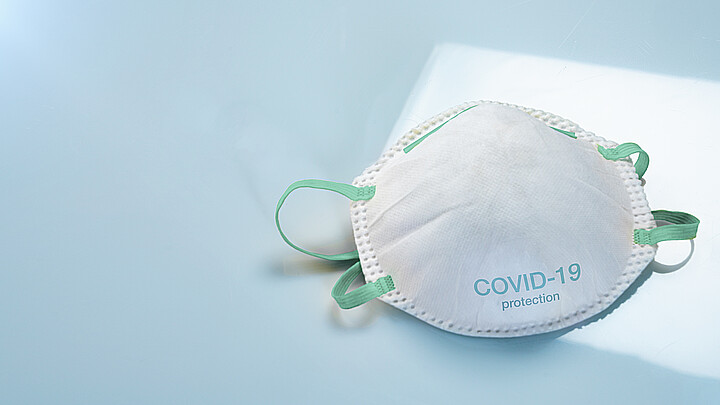Coronavirus
COVID-19 spikes seasonal depending on area's temperature and humidity, says new study
Hydrologists found that coronavirus cases in 19 hotspots around the globe increased when the outside air temperature fell below 62 degrees (17 Celsius) or rose above 75 degrees (24 Celsius), a range in which people are comfortable spending time outside
January 31, 2022 3:37pm
Updated: January 31, 2022 4:33pm
A new study in the American Journal of Tropical Medicine and Hygiene found different climates affect what season COVID-19 spreads most quickly, accounting for both human behavior and the virus’s movement through the air as an aerosol.
The findings suggest colder regions tend to experience more cases in the winter, while warmer regions will likely see a spike in cases in the summer months. Temperate climate zones could experience two seasonal peaks.
“We think covid may be becoming endemic, meaning that it will stay within the human population, but we will see spikes based on where we are in a particular geographic point,” author Antar Jutla, a hydrologist at the University of Florida, said to The Washington Post. “The severity of peaks will be defined by how colder the temperature is and how warmer the temperature is.”
Jutla and his team found that coronavirus cases in 19 hotspots around the globe increased when the outside air temperature fell below 62 degrees (17 Celsius) or rose above 75 degrees (24 Celsius), a range in which people are comfortable spending time outside.
Residents would go indoors to escape the cold or heat, exposing themselves to enclosed spaces that recirculated air, including any airborne COVID-19 virus particles.
Local humidity is also a factor, explained co-author and aerosol researcher Chang-Yu Wu. More humid environments contain more water in the air that can attach to the virus’s particles, which weighs them down and makes them fall to the ground. Wu compared the particles to a rock – the more mass, the faster it falls.
The air in drier environments force evaporation in the particles, allowing them to float in the air longer because they are lighter.
However, indoor air conditioning also dries air as it recirculates it, which can bring down the indoor humidity in warm, humid regions to be more ideal for virus particles.
The researchers hope this research will help different regions tailor mitigation strategies based on their local climates, and stressed the importance of proper ventilation and filtration in preventing further spread.
The World Health Organization was relatively late to acknowledge COVID-19 as an aerosol, only admitting airborne “micro-droplets” as a possible cause in the summer of 2020.










